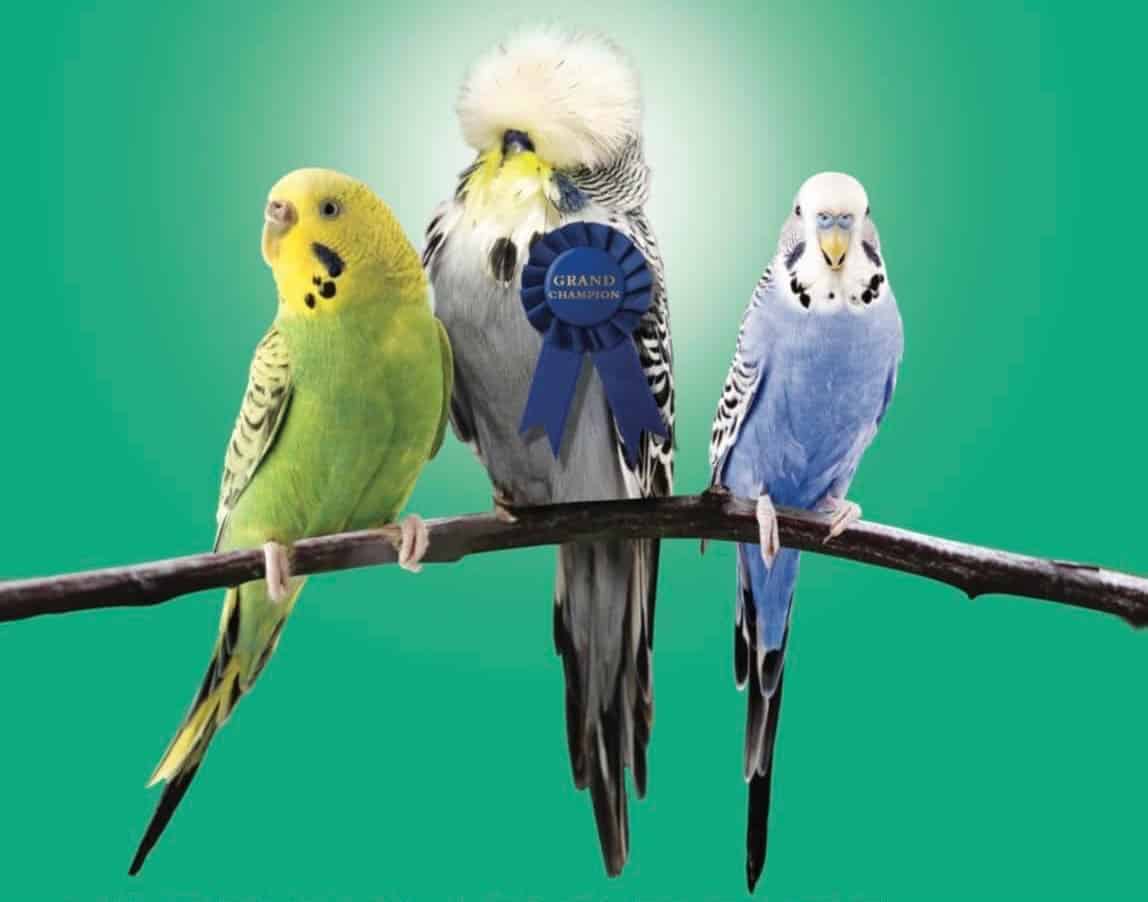The Budgerigar Council of South Australia has put together a guideline for pet Budgies. They are also called parakeets or budgerigars. Pet owners all over the world are in awe of the chirpy, tiny birds. Budgies are an extremely popular pet which is just as popular as cats and dogs. They are intelligent and lovable.
Before you bring this little animal into your home it’s essential to comprehend their needs and temperament. This guide will provide you with all the details you require to live that your pet is healthy and happy for you and your pet.

A Tiny Social Butterfly
Budgies are social creatures who thrive on companionship. In the wild, they live in large groups, constantly engaging in conversation and chirping with one the other. While a single bird can create an unbreakable bond with their human owner if it is treated with a lot of love and care, they would prefer to have an animal companion. If you’re not able to handle two birds, be prepared to spend an extensive amount of time with your pet to prevent loneliness.
Chatterboxes With A Flair for mimicry
The ability of a pet budgie to imitate sounds is one of the most appealing characteristics. Budgies can master phrases and words with perseverance and practice. This is a great aspect of entertainment to the chirps, whistles and squeaks they make. Their vocabulary development can vary dramatically, with certain Budgies turning into true chatterboxes, while others are content with simple whistles. Their energetic vocalizations will put joy to your face regardless of how proficient they are in their communication.
Rainbow on Wings
Budgie birds come in a variety of colors. From the classic combination of yellow and light blue to vibrant shades of green, violet, and white. Breeders throughout the years have produced a variety of mutations. It is likely to be possible to find a bird that fits your personal style. These color variations are not just for aesthetics. They also can indicate the gender and age of a bird. This is why they are a fun conversation starter at pet stores.
In a small space, you can enjoy a spacious space. tiny space
While budgies can be tiny animals, there’s plenty of space to be able to fly, explore and climb. The ideal size for a cage should be at a minimum 20 inches long and 12 inches deep and 18 inches high. However, bigger is always better! To keep your pet engaged you can provide perches of various heights or textures. Alternate their toys frequently to prevent boredom. Natural sunlight is good but you should make sure that the cage is not placed in direct sunlight for prolonged periods.
A Budgie-Approved Diet
A balanced diet for budgies is based on pelleted food that is of the highest quality, specifically designed to cater for small parrots. This provides them with the essential nutrients they require to thrive. Add to their pellet diet fresh fruits and vegetables like chopped vegetables, leafy greens and apples (be certain to take out the seeds). The cuttlebone keeps their beaks clean and will provide vital minerals. Ensure they always have pure, clean drinking water.
The ability to build a relationship with your bird friend
To control your bird, you need patience and a gentle touch. Start by slowly approaching the cage, and then speaking softly to your pet. To establish trust, you can offer treats such as millet spray via the bars of the cage. When your pet is happy with you it is possible to enter the cage to sit him on your fingers. The process may take some time, or even weeks so don’t be obstinate, but never forceful.
Commitment for Life
With the right care the budgies will last 10 to 12 years. Consider your lifestyle and whether you are able to commit in the long-term. Do you have the capacity to provide them with regular interaction and a tidy, stimulating environment? If you are able to then a budgie can be a companion who enriches your daily life, through playful chatter and antics. Click here for Budgie Bird
The Budgerigar Council of South Australia encourages responsible ownership of animals. If you have any questions or concerns about caring for your beloved pet do not hesitate to speak with an expert avian veterinarian guidance.
